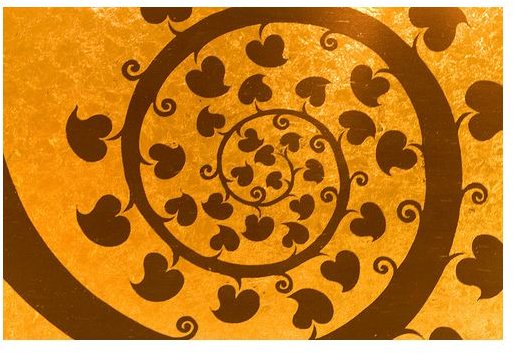Dendrophobia Fear: How to Conquer a Fear of Trees
For many, being surrounded by beautiful trees or taking a walk through the woods is a relaxing and rejuvenating experience, however, for those with dendrophobia, this experience can be an anxiety inducing episode. Dendrophobia is defined as the fear of trees and is derived from the Greek words, “dendro”, meaning tree, and “phobia”, meaning fear. Dendrophobia is related to several other phobias centered around nature such as nychtohylophobia, which is the fear of dark woods, hylophobia, which is the fear of forests and xylophobia, the fear of objects made from wood.
Treatment Options for Dendrophobia
There are three classifications of treatments for dendrophobia. The first method of treatment is hypnotherapy, sometimes referred to as

hypnoanalysis. During hypnotherapy, a specially trained therapist helps the patient to open their subconscious mind, then suggests changes to the thought process or behavioral patterns surrounding their fear of trees. This process can often reveal the source of the phobia, which allows the therapist and patient to deal with the source and subsequent triggers directly.
Hypnotherapy rose to popularity in the 1950s when it was approved by the American Medical Association. Though some may feel uncomfortable with the notion of opening their mind to the suggestions of a therapist, hypnotherapy is said to be safe, effective and works quickly.

The second form of treatment that is commonly used to treat dendrophobia is neuro-linguistic programming, also referred to as NLP. This form of treatment operates on the premise that the language we use directly affects our thoughts and behaviors. In the most basic terms, NLP maintains that we create our personal reality through the words we choose, effectively creating a self-fulfilling prophecy.
In NLP treatment, a neuro linguistic therapist listens to the patient describe their symptoms regarding their fear. While the patient is speaking, the therapist analyzes their choice of words, body language, and facial expressions. During the treatment session, the therapist may be able to determine flaws in the patient’s perception and help them to understand the source of the phobia. Once the root of the phobia is better understood, the therapist will be able to offer alternative words, thoughts and images to associate with trees, ideally alleviating the fear that the patient associates with trees.
The third type of treatment for dendrophobia is a group of therapies classified as energy psychology. Energy psychology addresses the physical reaction to fear through the use of relaxation techniques such as yoga, tai chi, and acupressure. The goal of this type of treatment is to bring more positive and calming energy to the patient, allowing this new energy to override the negative energy associated with the anxiety produced by the phobia. Acupressure is said to stimulate the skin’s energy centers and effectively shift the electrochemistry of the brain. Energy psychology is said to be helpful to many who suffer from various phobias, however, it is not considered a mainstream treatment.
Summary
Like many other phobias, dendrophobia can negatively affect a person’s ability to live a full and satisfying life. As discussed, there are several viable treatment options available. The information on this page should not serve as a substitute for seeking the advice of and treatment from a qualified medical professional.
Sources
https://common-phobias.com/Dendro/phobia.htm
https://www.planetpsych.com/zPsychology_101/disorders/phobias.htm
Photo Credit: https://commons.wikimedia.org/wiki/File:Bare_Oak_Tree.jpg
Photo Credit: https://www.flickr.com/photos/98983159@N00/2423915831
Photo Credit: https://www.flickr.com/photos/9541469@N05/3116233667/
